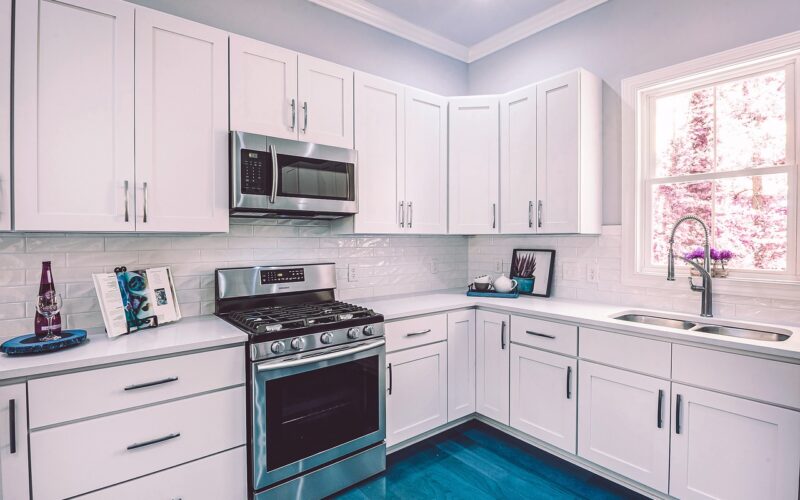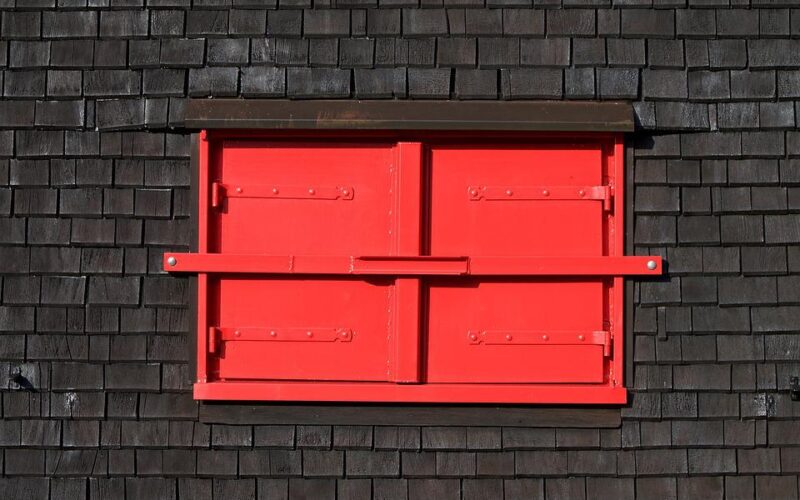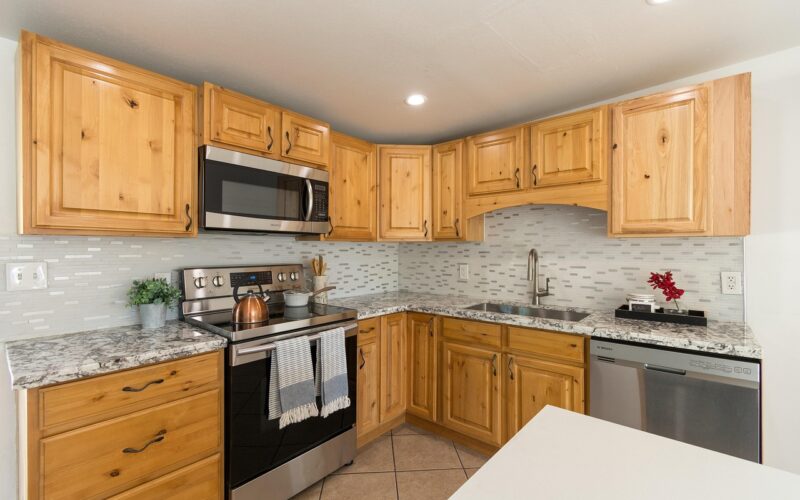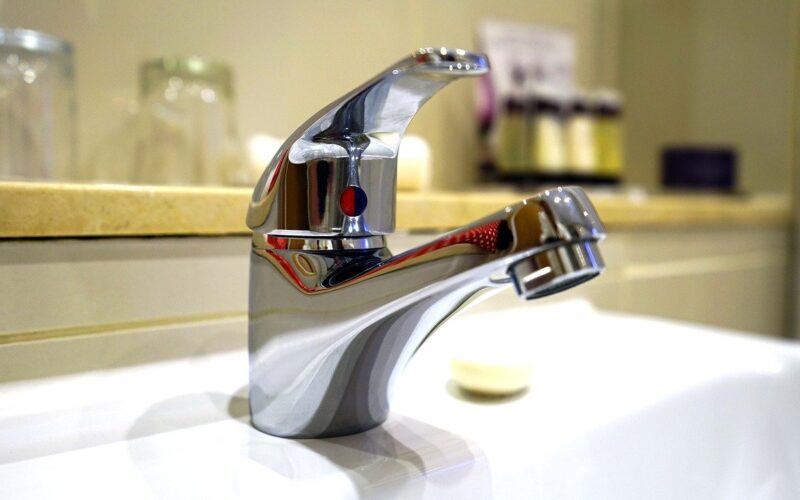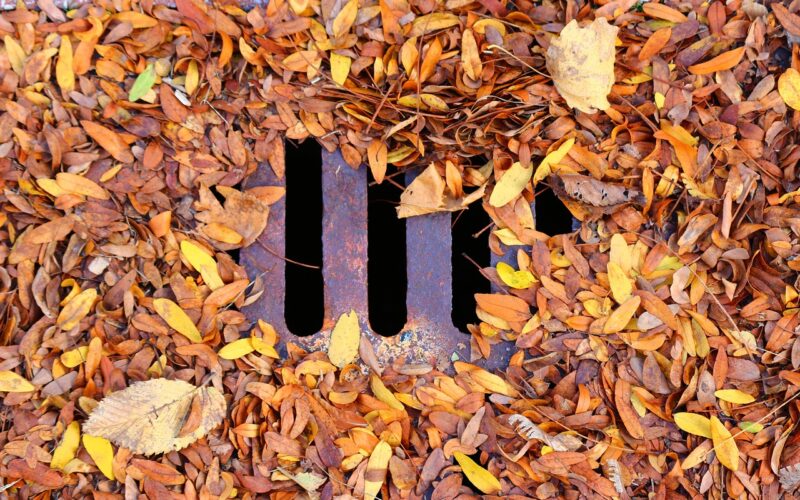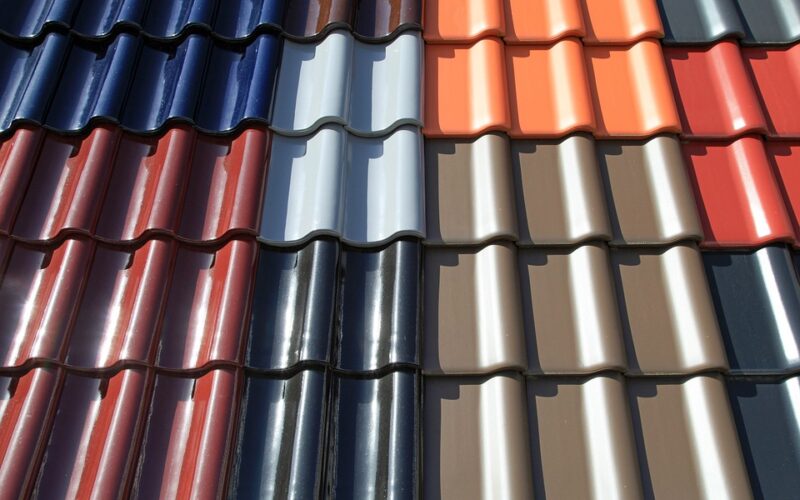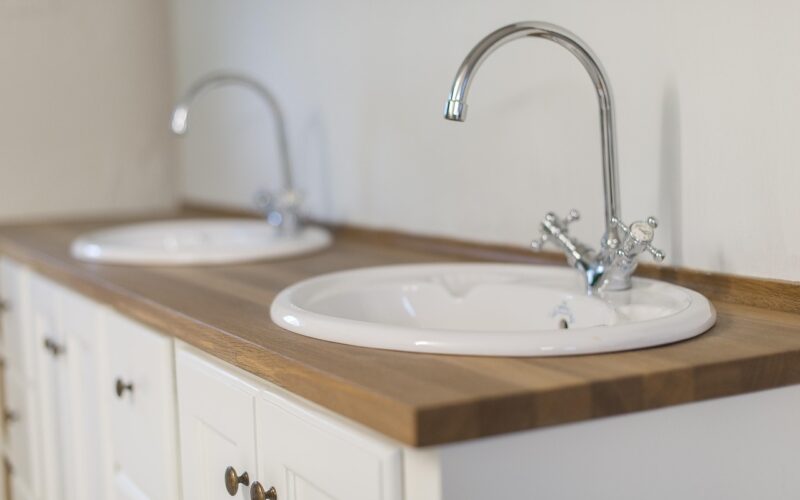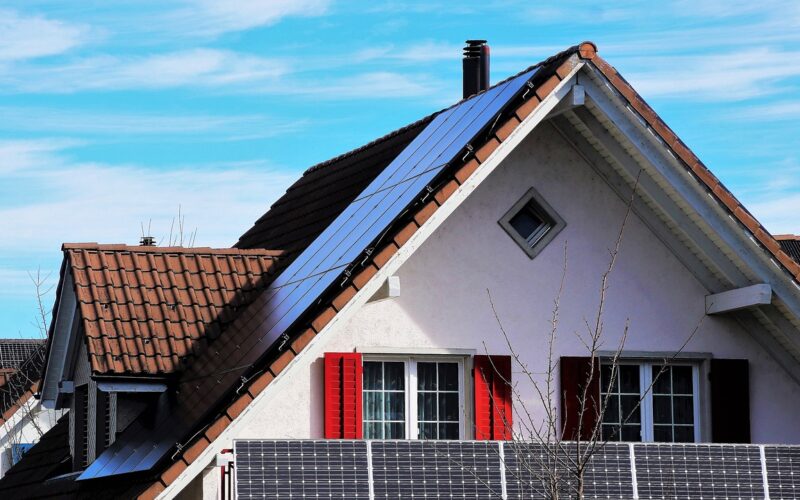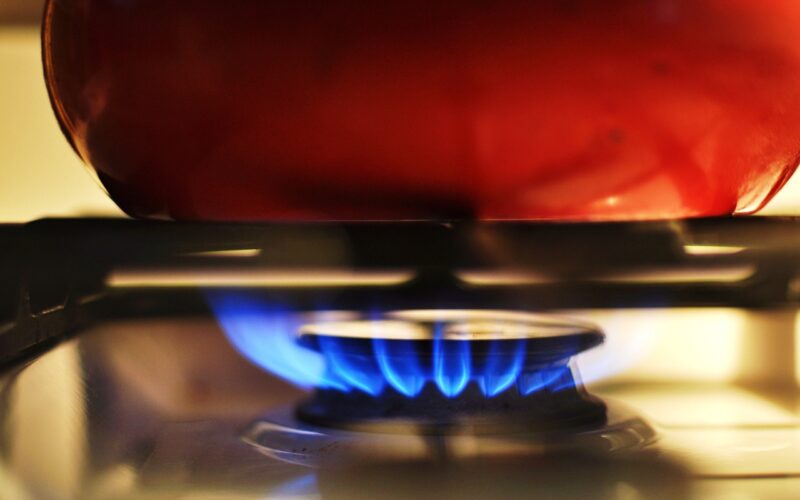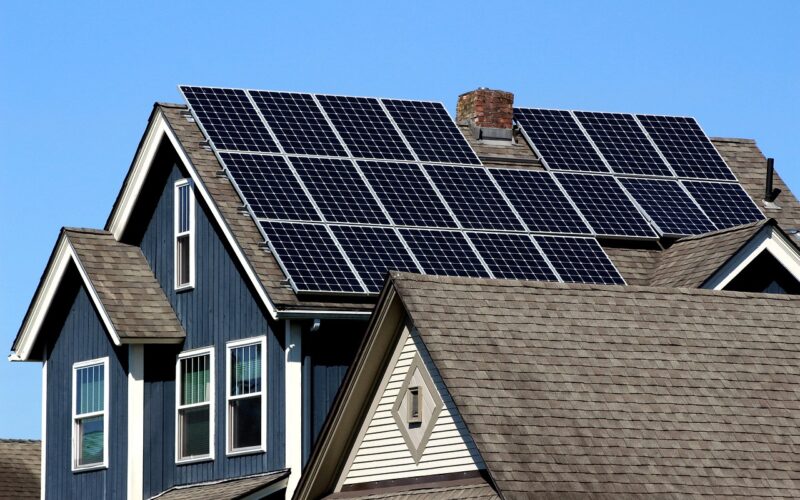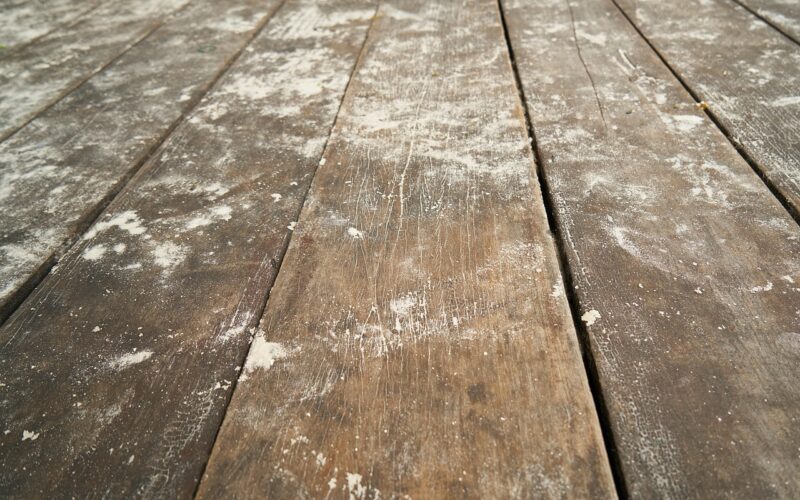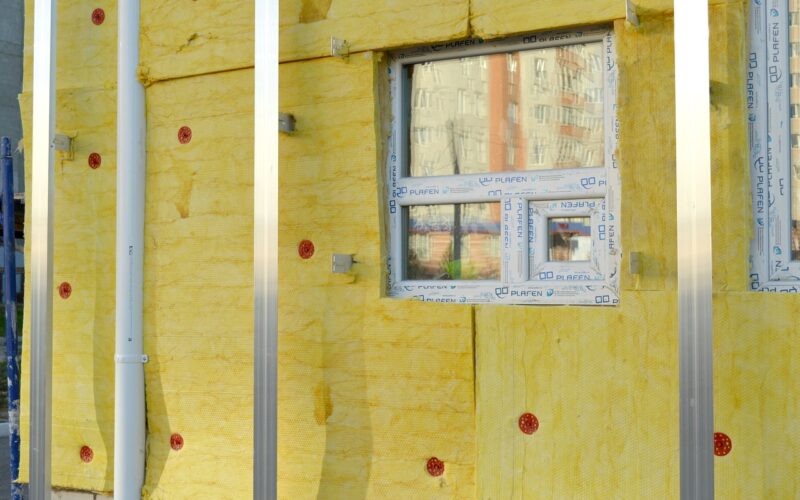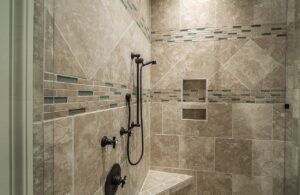Your home's high-traffic areas—hallways, entryways, and the paths between your most-used rooms—endure a daily onslaught of dirt, dust, and grime. These zones accumulate build-up faster than other parts of your home simply because they see the most foot traffic. Dirt is ground into carpet fibres and scuffed across hard surfaces, creating a dull, worn appearance that regular light cleaning can't always fix. A proper deep clean restores these surfaces, extends their lifespan, and improves your home's overall hygiene. This guide will walk you through the correct process for tackling these challenging spots effectively.
Preparation is the key to a better clean
Before you begin scrubbing, proper preparation saves you time and leads to a much better result. Start by completely clearing the area of all furniture, rugs, and clutter. This gives you unobstructed access to the entire floor surface. Next, perform a thorough pre-vacuum or sweep to remove all loose dirt, pet hair, and debris. Skipping this step means you’ll just be pushing a muddy slurry around later. Finally, inspect the floor for any specific stains or heavily soiled spots. Pre-treat these areas with a suitable spot cleaner, allowing it to sit for the manufacturer-recommended time to break down the grime before the main clean.
Deep cleaning hard floors step-by-step
For hard surfaces like tile, vinyl, or sealed wood, a systematic approach is essential for effective floor cleaning. After sweeping or vacuuming, it's time to scrub. Choose a pH-neutral cleaner to avoid damaging your floor's finish. Mix it with warm water according to the product's instructions. Using a microfibre mop or a soft-bristled brush, work in small, manageable sections, scrubbing thoroughly to lift embedded dirt. Once you've scrubbed an area, rinse it with a separate mop and clean water to remove any cleaning solution residue, which can attract more dirt if left behind. Finally, dry the floor completely with a clean, dry microfibre cloth or allow for ample air circulation.
How to effectively clean carpets in walkways
Carpeted high-traffic areas require a different approach to lift dirt from deep within the fibres. Begin by vacuuming slowly and methodically. Make several passes in different directions—north-to-south and then east-to-west—to agitate and remove as much dry soil as possible. After vacuuming, address any visible stains with an appropriate spot treatment. For the deep clean itself, a hot water extraction machine (or carpet cleaner) is your best tool to clean carpets. This method injects a solution of hot water and cleaning agent into the carpet pile and immediately extracts it, pulling the dissolved dirt out with it. Work in straight, slightly overlapping lines and avoid over-wetting the carpet.
Choosing the right tools and products
Using the right equipment makes a significant difference. For hard floors, a good quality microfibre mop is invaluable, as its fibres are designed to trap dirt effectively. For tougher grime on surfaces like tile, a scrub brush is useful. When it comes to cleaning solutions, always opt for pH-safe products designed for your specific flooring type. For carpets, a wet/dry vacuum with good suction power is a powerful ally, especially one with hot water extraction capabilities. Investing in or hiring professional-grade equipment can provide a level of cleaning floors that household tools often can't match, making the job faster and more effective.
Drying, ventilation, and preventing future build-up
Proper drying is a critical final step. Damp floors and carpets are breeding grounds for mould and mildew, and they re-soil very quickly. Use fans, open windows, or a dehumidifier to speed up the drying process. Once everything is completely dry, you can take steps to prevent rapid re-soiling. High-quality doormats at every entrance can trap a significant amount of dirt before it ever reaches your floors. Implementing a "no shoes in the house" rule is also highly effective. Regular maintenance is the best defence against another deep-cleaning marathon.
A consistent cleaning schedule will keep your high-traffic areas looking their best. Quick daily sweeps of entryways, weekly vacuuming of all floors, and immediate attention to spills will drastically reduce grime accumulation. Plan to perform a thorough deep clean, as outlined above, on a quarterly basis or more frequently if you have a busy household with pets or children. This proactive approach maintains the beauty and longevity of your floors, ensuring your home remains clean and welcoming.

